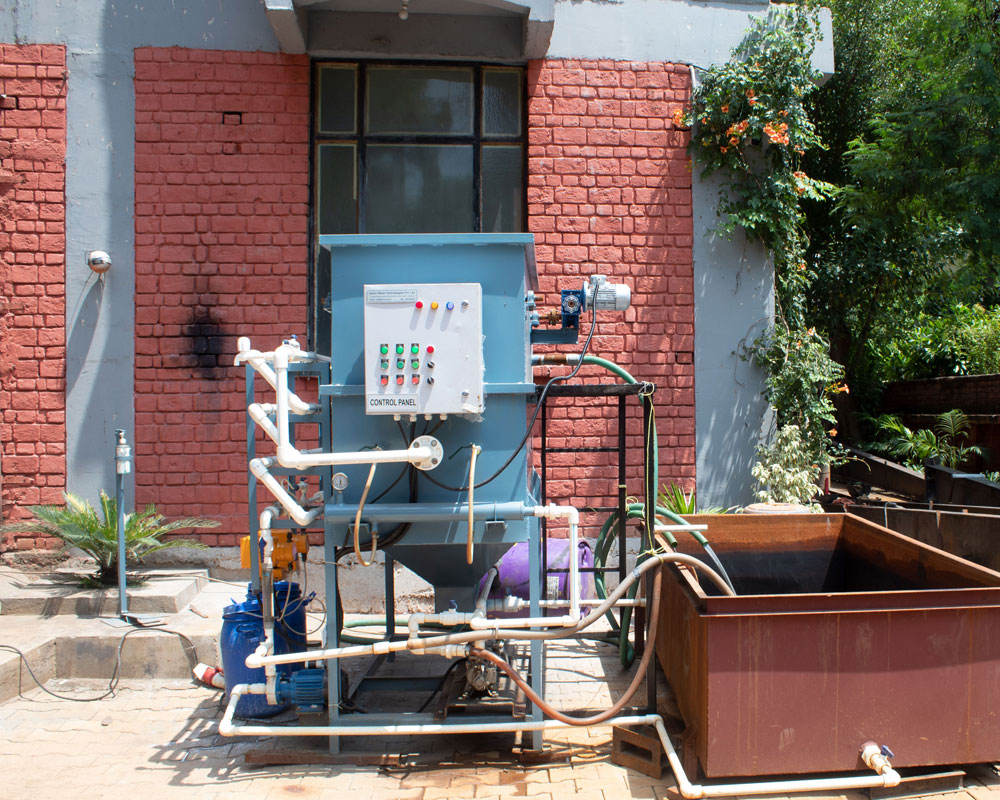Dissolved Air Flotation System for Wastewater Treatment
DAF or Dissolved Air Flotation is water or wastewater treatment system which uses air for water treatment. In this air under pressure is dissolved in the wastewater which when released at atmospheric pressure in flotation tank basin removes the oil and solid wastes from the water. Dissolved air flotation is used in industries like oil refineries, petrochemical, and chemical plants, general water treatment, and similar industrial facilities for treating industrial wastewater effluents.

As air is used for the treatment of wastewater in DAF, Nitrogen gas is mostly used in industries so as to avoid explosion during DAF water treatment.
Principal of DAF:
DAF works on the principle of flotation i.e. the performance depends on the effectiveness of coagulation and flocculation.
Process of DAF:
DAF is particularly suited to water supplies with characteristics such as those containing low-density particles and those yielding low-density particles following chemical coagulation. Feedwater is added to the DAF float tank which transforms the small particles into big particles by coagulating the smaller particles to form a cluster. This coagulation is done by adding coagulants like ferric chloride and aluminum sulfate. Then the effluent water is pumped to the small vessel in which with the help of an air compressor, air pressure is maintained which helps unsaturation of pressurized water with air. Wastewater is recycled through recycling pumps passing through air compressor to air drum & then into float tank again leaving the waste on the surface.
Reasons to use DAF?
- Water recovery and reuse.
- Pre-treatment to meet sewer discharge limits.
- Pre-treatment to reduce loading on downstream biological treatment systems.
- Polishing of biological treatment effluent.
- Thickening of biosolids.
Advantages of using DAF:
DAF System requires small space for installation, smaller floc tanks because of shorter flocculation pre-treatment time, smaller DAF tank areas compared to sedimentation tanks, and smaller filter areas if designed at higher rates. It is more efficient than settling in removing low-density particles, even at the much higher hydraulic loadings.